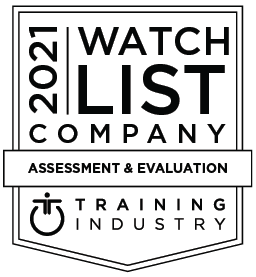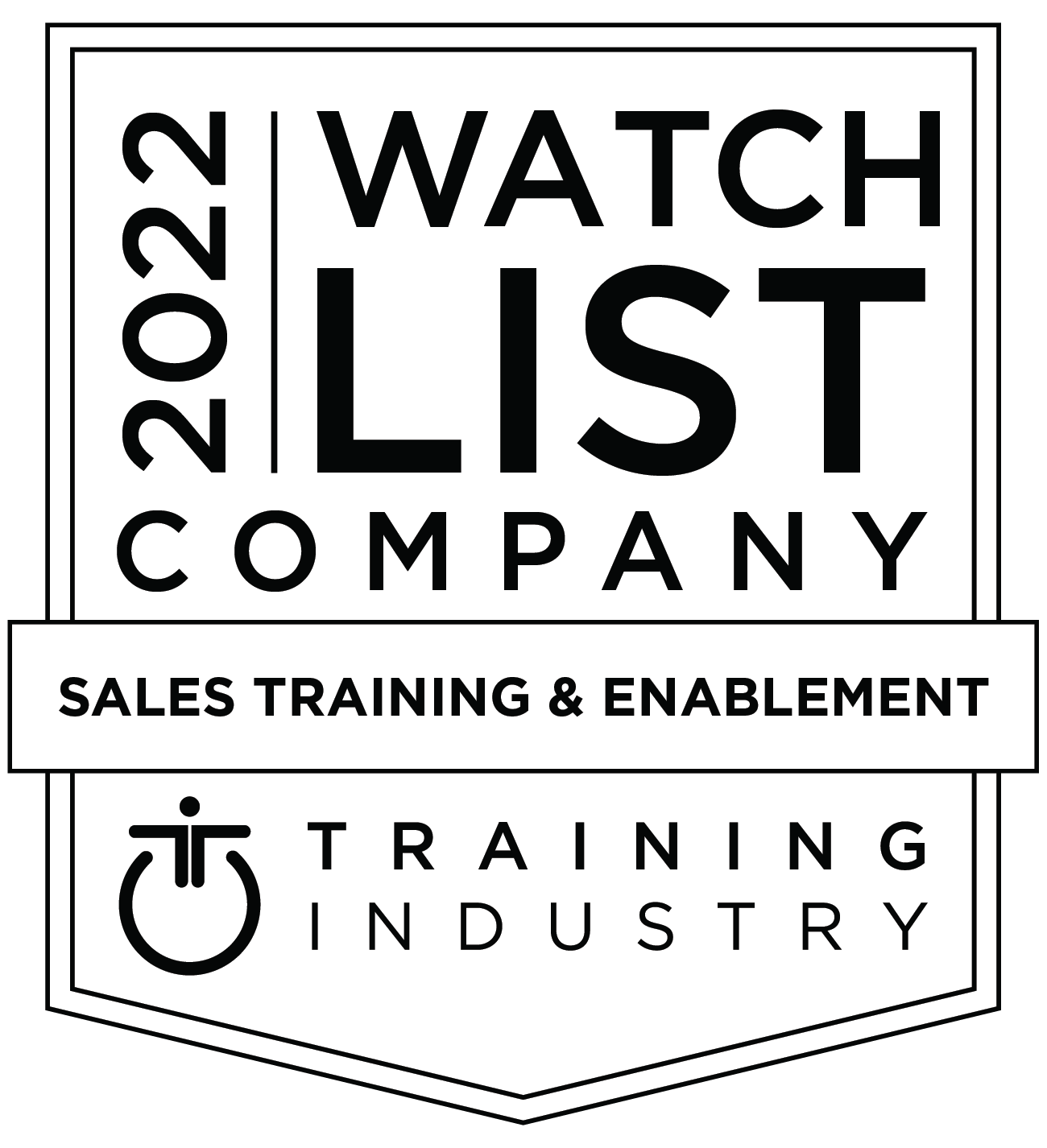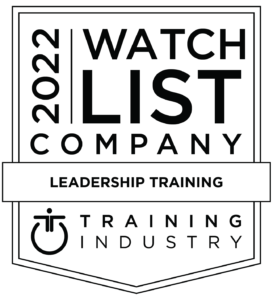The seating arrangement of your audience can have a major impact on what you must do to connect with them during your presentation.
Sometimes, you can rearrange a room’s seating, or possibly pick a different room with a different arrangement of tables and chairs, to optimize the room set-up for your benefit and that of your audience.
Each type of seating arrangement presents unique advantages and disadvantages.
I’d like to talk about three different set-ups and in what presentation situations they work best.
Oval conference table
This type of table is superb for facilitating discussion among your audience but makes stand-up presentations difficult. In stand-up situations, you may find yourself limited to one side of the front of the room so you don’t block the monitor or the LCD’s projection, if it sits on the end of the table.
For sit-down presentations, sitting at the head of the table is an advantage, in that you can easily see everyone. For your audience, though, it means everyone has to turn their necks sideways to see you. There’s no perfect solution with this type of table!
U-shaped tables
A u-shaped arrangement is good for facilitating discussion and allows you to interact more directly with your audience by moving into the “U.”
A disadvantage is that two-thirds of the audience must turn their necks to see you and/or your slides, if you’re not moving around and into the “U.”
Theatre-style
The advantage of this type of seating is that all participants are facing forward and looking directly at you. If the LCD projector and screen are both movable you can set them up at an angle and a bit to the side of the audience, thus giving you the center stage.
The disadvantage of this set-up is the same: your audience is facing forward. This type of seating is the least optimal if you want audience members to interact with each other.
Even great face-to-face presenters can struggle when presenting to virtual audiences, learn how to engage your audience when presenting virtually, “Best Practices for Virtual Presentations”










